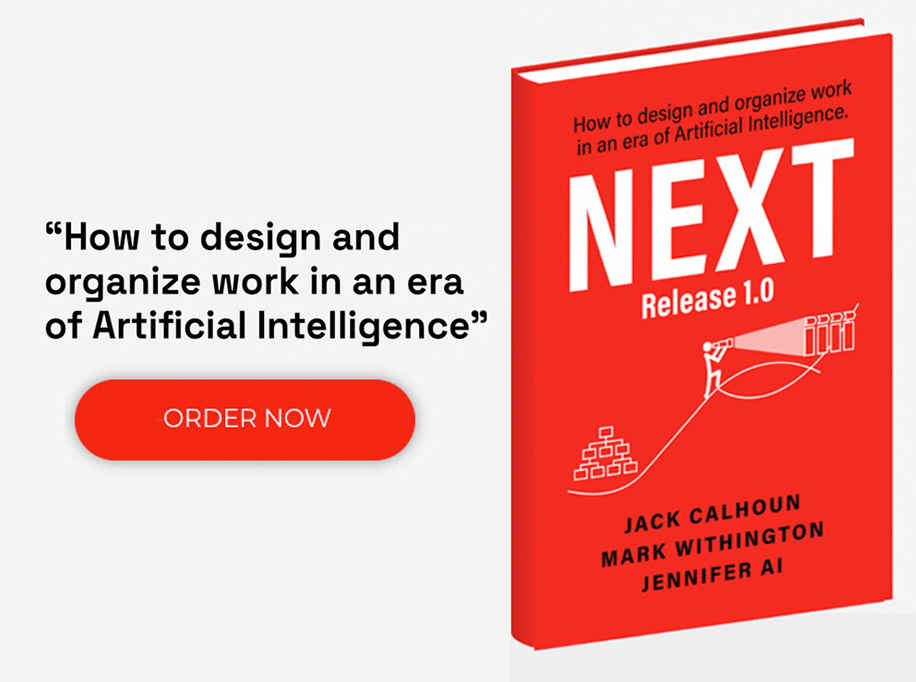Most business architects I know wouldn’t call themselves entrepreneurs but there is more similarity there than they think – at least for the successful ones. When I am working with new business architecture teams I often encourage them to think like a startup. If nothing else, this approach helps them create a deeper understanding of their customers and critically evaluate their planned products and services.

While not a perfect analogy, thinking like an entrepreneur can help new and struggling business architecture teams take a fresh look at how they are positioning themselves in their company’s “marketplace”.
Entrepreneurial business architects:
Put customers before stakeholders.
While it is certainly true that many mature publicly-held businesses put their stakeholders (shareholders) at the front of the line, rarely do startups work this way. Even though they take millions, often tens of millions, and sometimes hundreds of millions of dollars from their stakeholders, they keep a laser-like focus on their customers. They know that, in the end, success will come from growing and delighting their customers.
Put customers before products.
Business architects typically start with a clear idea of the product they want to deliver, which is fine. Most startups also start with a product idea. The difference is that entrepreneurs respond quickly to customer feedback and adjust their product portfolios accordingly. Apple started as a computer company but never captured a significant part of the market. So they became a consumer electronics company. Google started out as a search engine company and they are – well, I don’t know what they are but if anyone is going to give us flying cars, my money is on them.
Build a customer base before they go for funding.
Business executives, just like venture capitalists, will fund good business ideas, but they need to see proof that they will work. Executives rarely take your word for it unless you have a proven track record of starting other successful ventures. Facebook, one of the most successful companies in history has received over two billion dollars in funding. But what most people forget is that Zuckerberg spent 18 months writing code and getting college students to sign up before he ever got a dime. And just how much was his first round of funding? $500,000. About what you need to get a business architecture practice off the ground.
Challenge conventional wisdom.
Sometimes it is what we know that hurts us. Conventional wisdom is only wisdom today. In all likelihood, it will be folly tomorrow. Believing the status quo will not change (or at least will evolve slowly) continues to be executives single leading error. Entrepreneurs challenge their own thinking as well as that of others to break out of their current thought-limiting paradigms.
Challenging other’s thinking is difficult. Challenging your own thinking is even harder.
Are comfortable with ambiguity.
Having started three businesses I can assure you that entrepreneurs are typically clueless about what they are getting into and know very little about what it will actually take to become a success. They have to learn as they go and become comfortable with what they don’t know. Entrepreneurs live in the grey space – nothing is black and white.
Learn and iterate.
Think big, start small, and go fast is the entrepreneur’s mantra. Business architects usually get the first two parts but have difficulty building momentum. Growing a business or a business architecture practice is a continuously evolving process. Entrepreneurs are constantly re-evaluating their thinking in light of the current situation and are not afraid of changing course when necessary.
The bottom line:
Starting and growing a business architecture practice is analogous to starting a new business. It takes a good idea, hard work, a willingness to fail and evolve, and a little luck. Business architects can learn a lot from successful entrepreneurs.











